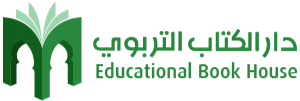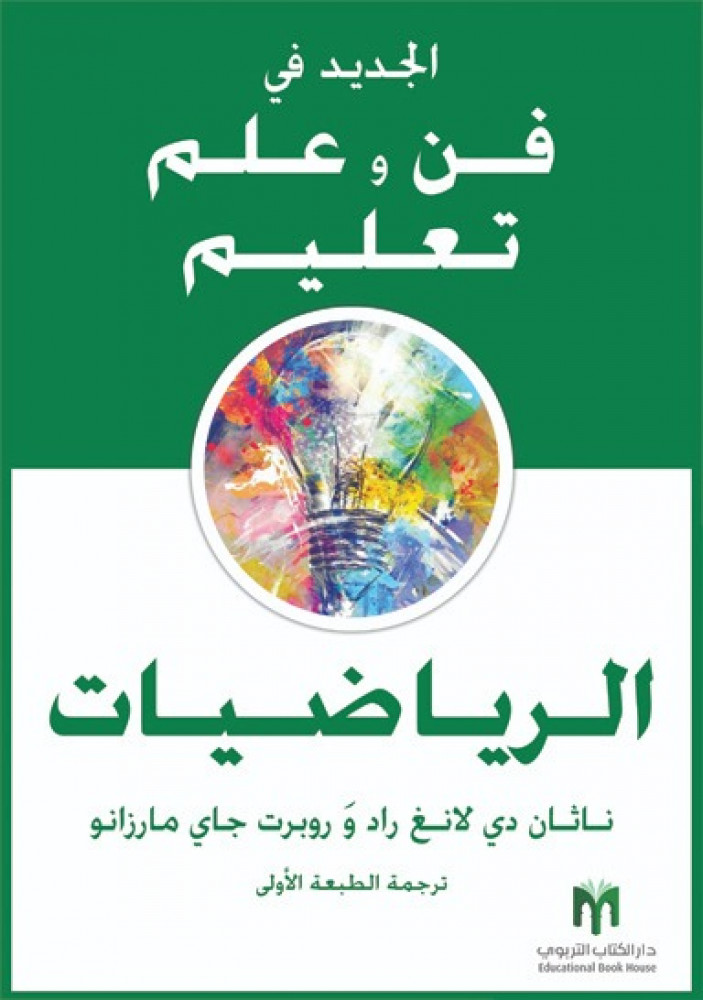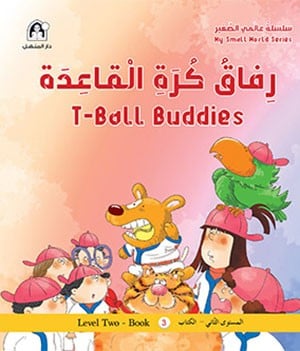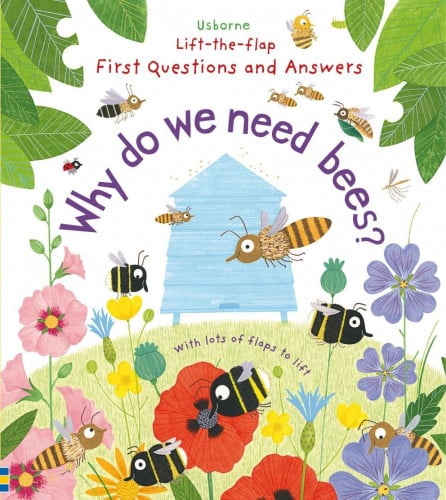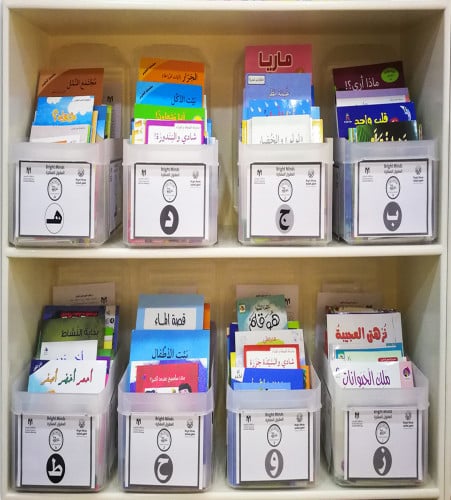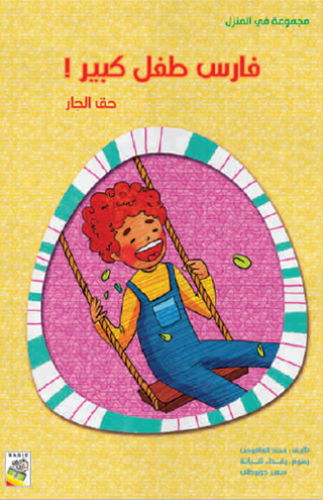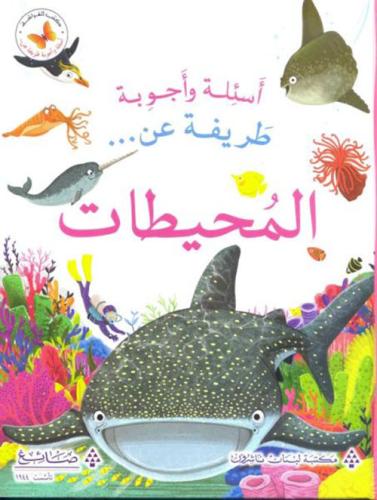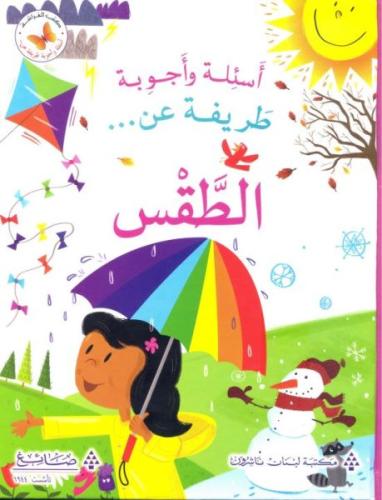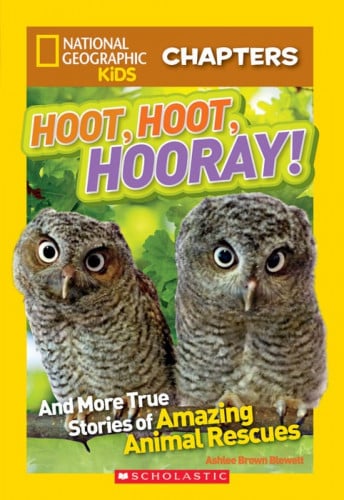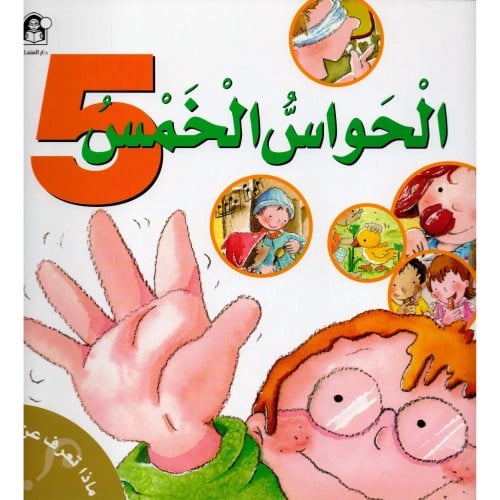AVAILABLE IN ARABIC
About This Book
In The New Art and Science of Teaching Mathematics, authors Nathan D. Lang-Raad and Robert J. Marzano reenvision the groundbreaking New Art and Science of Teaching framework for math classrooms. Readers will discover myriad math strategies, tools, and methods of teaching mathematics for every step of the process, from articulating learning targets and conducting math lessons to engaging students, tracking progress, and celebrating successes.
Use this teaching resource to implement research-based best practices in teaching math:
* Explore how The New Art and Science of Teaching framework can help you optimize your methods and establish best practices in teaching mathematics.
* Become familiar with the 10 design areas and 43 elements of effective teaching strategies that make up the framework.
* Develop an understanding of which of the 43 elements of instruction are most effective in the mathematics classroom and in which types of lessons they should be used when teaching mathematics.
* Use each chapter’s Guiding Questions for Curriculum Design to support planning and aid in reflection as a mathematics teacher.
* Discover a four-step process designed to help you deepen your expertise of math teaching strategies.
Topics : Teaching Strategies
Table Of Content
About the Authors
Introduction
The Overall Model
The Need for Subject-Specific Models
About This Book
Part I: Feedback
1 Providing and Communicating Clear Learning Goals
Element 1: Providing Scales and Rubrics
Element 2: Tracking Student Progress
Element 3: Celebrating Success
Summary
2 Using Assessments
Element 4: Using Informal Assessments of the Whole Class
Element 5: Using Formal Assessments of Individual Students
Summary
Part II: Content
3 Conducting Direct Instruction Lessons
Element 6: Chunking Content
Element 7: Processing Content
Element 8: Recording and Representing Content
Summary
4 Conducting Practicing and Deepening Lessons
Element 9: Using Structured Practice Sessions
Element 10: Examining Similarities and Differences
Element 11: Examining Errors in Reasoning
Summary
5 Conducting Knowledge Application Lessons
Element 12: Engaging Students in Cognitively Complex Tasks
Element 13: Providing Resources and Guidance
Element 14: Generating and Defending Claims
Summary
6 Using Strategies That Appear in All Types of Lessons
Element 15: Previewing Strategies
Element 16: Highlighting Critical Information
Element 17: Reviewing Content
Element 18: Revising Knowledge
Element 19: Reflecting on Learning
Element 20: Assigning Purposeful Homework
Element 21: Elaborating on Information
Element 22: Organizing Students to Interact
Summary
Part III: Context
7 Using Engagement Strategies
Element 23: Noticing and Reacting When Students Are Not Engaged
Element 25: Using Physical Movement
Element 28: Presenting Unusual Information
Element 29: Using Friendly Controversy
Element 30: Using Academic Games
Element 31: Providing Opportunities for Students to Talk About Themselves
Summary
8 Implementing Rules and Procedures
Element 33: Establishing Rules and Procedures
Element 34: Organizing the Physical Layout of the Classroom
Summary
9 Building Relationships
Element 39: Understanding Students’ Backgrounds and Interests
Element 40: Displaying Objectivity and Control
Summary
10 Creating High Expectations
Element 41: Demonstrating Value and Respect for Reluctant Learners
Element 42: Asking In-Depth Questions of Reluctant Learners
Element 43: Probing Incorrect Answers With Reluctant Learners
Summary
11 Developing Expertise
Afterword
Appendix A: The New Art and Science of Teaching Framework Overview
Appendix B: Lesson Seed—Fluency With the Salute Game
Appendix C: List of Tables and Figures
References and Resources
Index
About the Authors
Nathan D. Lang-Raad:

Nathan D. Lang-Raad, EdD, is a speaker, author, and professional learning facilitator. He is chief education officer at WeVideo. Throughout his career, he has served as a teacher, assistant principal, university adjunct professor, consultant, and education strategist. He was director of elementary curriculum and instruction for Metropolitan Nashville Public Schools, as well as education supervisor at NASA’s Johnson Space Center. He speaks at both local and national professional conferences, and is the cofounder of Bammy Award–nominated #LeadUpChat, an educational leadership professional learning network (PLN) on Twitter. Nathan is also the cofounder of #divergED, a Twitter chat focused on divergent thinking and innovations in education. He is a Google Certified Educator, Microsoft Innovative Educator, and 2016 Apple Teacher. He serves on the Children’s Right to Read International Literacy Association Task Force and is a board member on the Student Voice Foundation.
Nathan has written several blog posts that have been featured on the EdTech K–12, Corwin Connect, Education Week, K–12 Blueprint, and Solution Tree websites. Nathan received a bachelor of arts degree in general science–chemistry from Harding University in Searcy, Arkansas, a master of education degree in administration and supervision from the University of Houston– Victoria, and a doctorate of education degree in learning organizations and strategic change from David Lipscomb University in Nashville, Tennessee.
To learn more about Nathan’s work, visit www.drlangraad.com or follow @drlangraad on Twitter.
Robert J. Marzano:

Robert J. Marzano, PhD, is the cofounder and chief academic officer of Marzano Research in Denver, Colorado. During his fifty years in the field of education, he has worked with educators as a speaker and trainer and has authored more than forty books and three hundred articles on topics such as instruction, assessment, writing and implementing standards, cognition, effective leadership, and school intervention. His books include The Art and Science of Teaching, The Handbook for the New Art and Science of Teaching, The New Art and Science of Teaching Writing, The New Art and Science of Teaching Reading, The New Art and Science of Classroom Assessment, Leaders of Learning, The Classroom Strategies Series, A Handbook for High Reliability Schools, Awaken the Learner, and Managing the Inner World of Teaching.
His practical translations of the most current research and theory into classroom strategies are known internationally and are widely practiced by both teachers and administrators. He received a bachelor’s degree from Iona College in New York, a master’s degree from Seattle University, and a doctorate from the University of Washington.
To learn more about Dr. Marzano’s work, visit www.marzanoresearch.com.
SBN: 9786038147726
Author: Nathan D. Lang-Raad & Robert J. Marzno
Publisher: Educational Book House
Publish Year: 2022
Size: 17x24cm
Pages number:244
